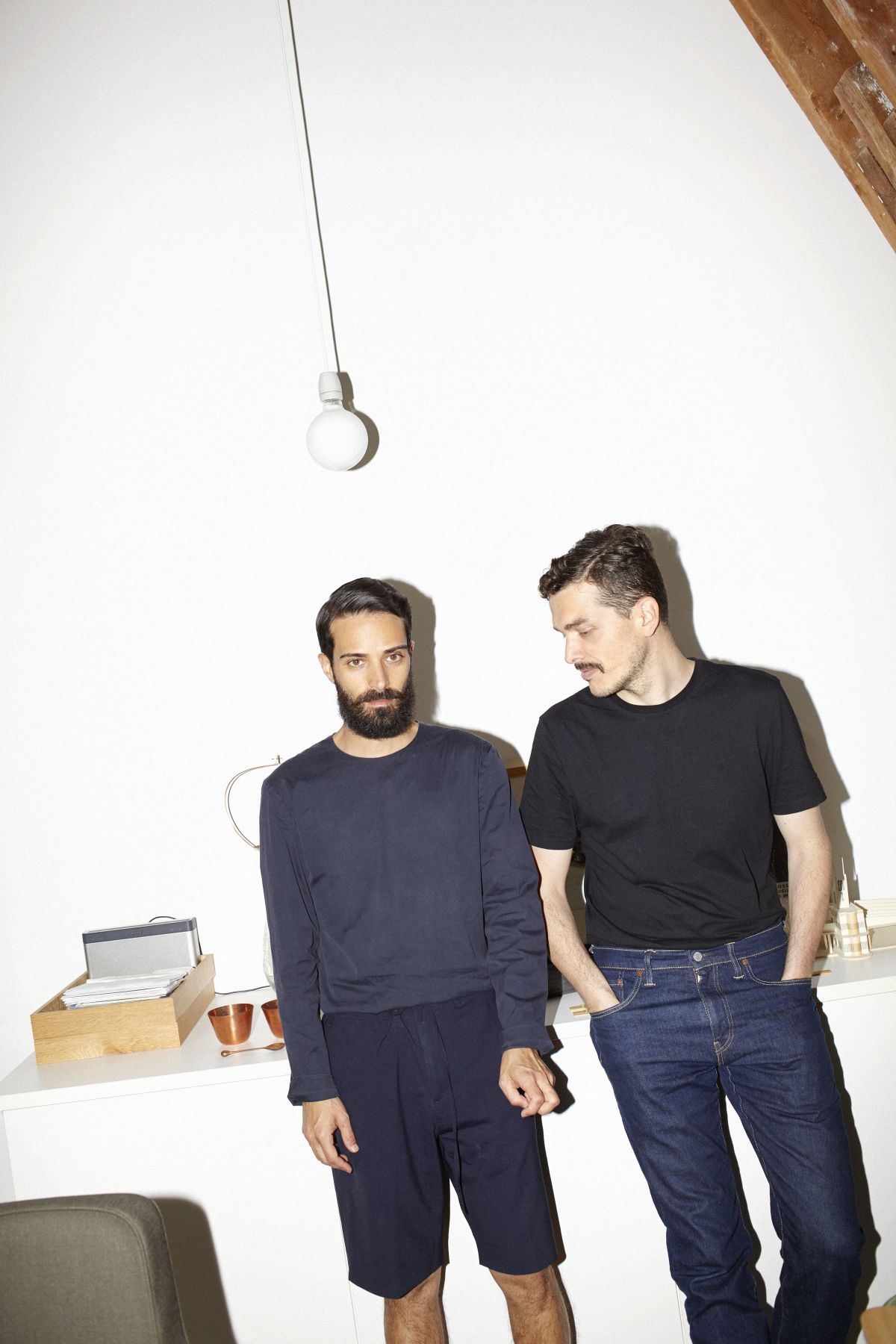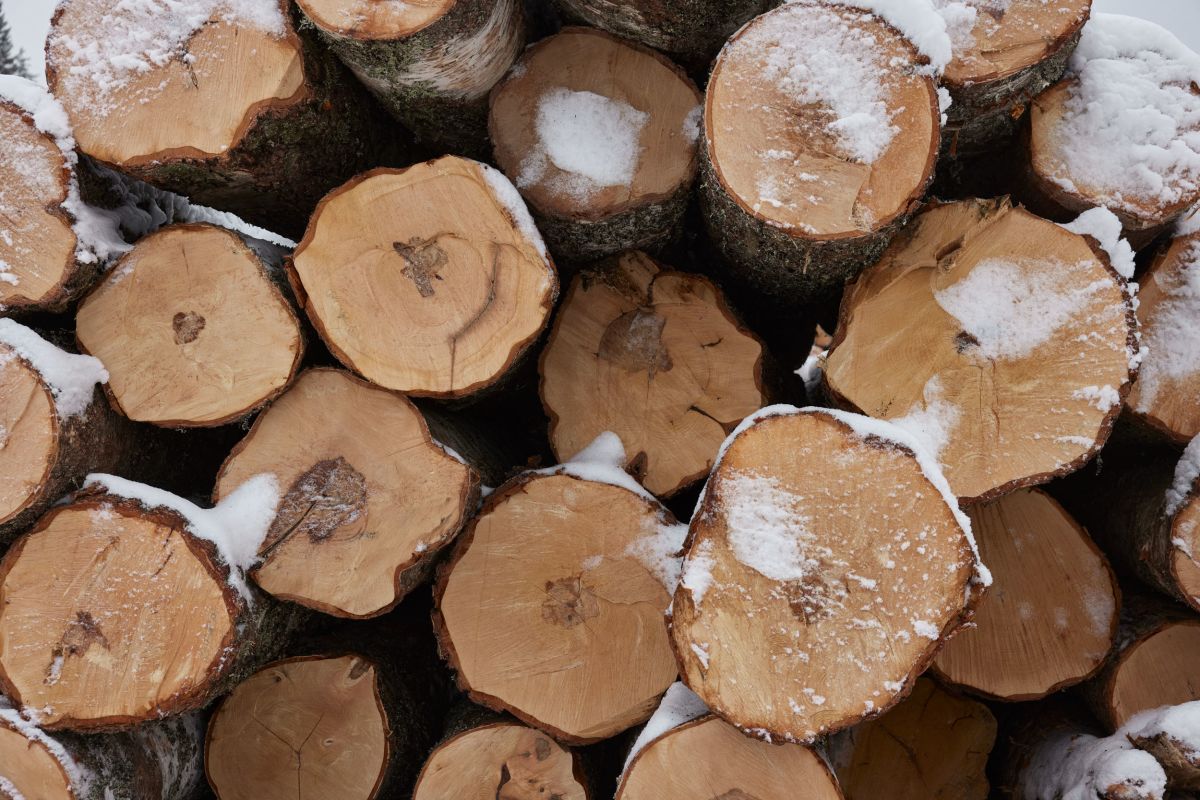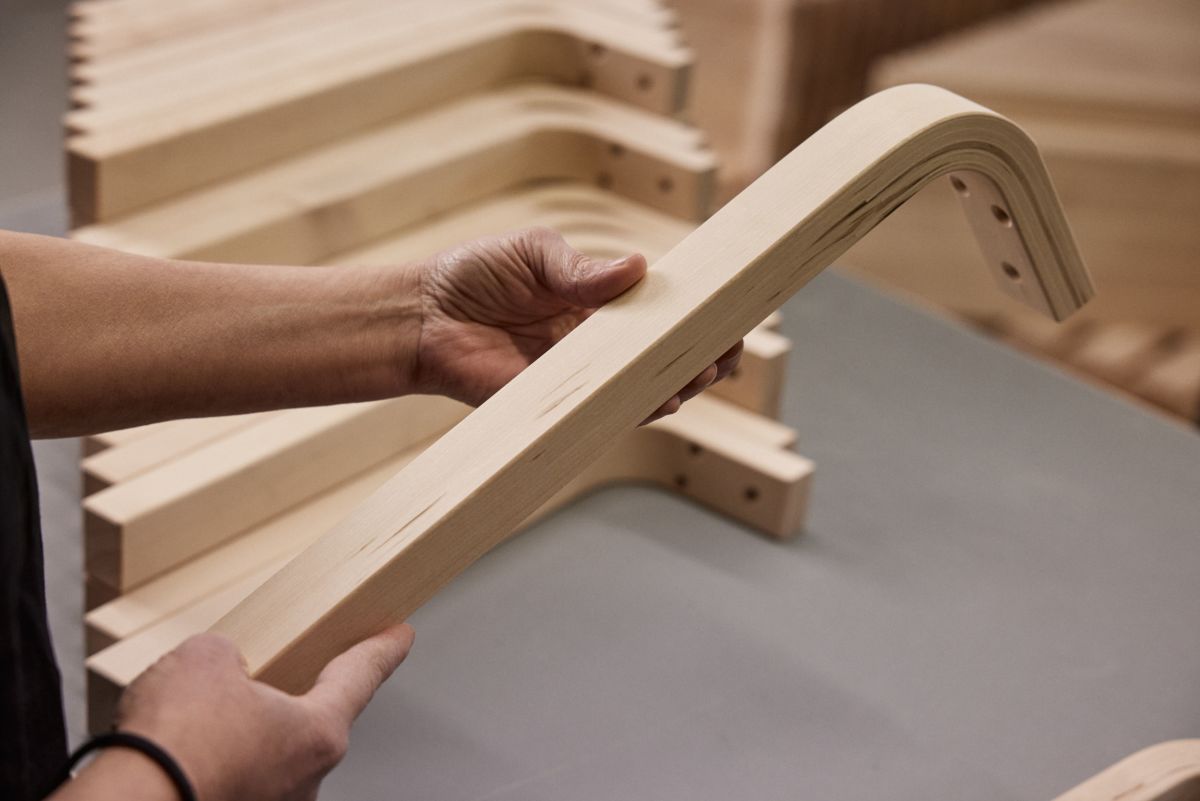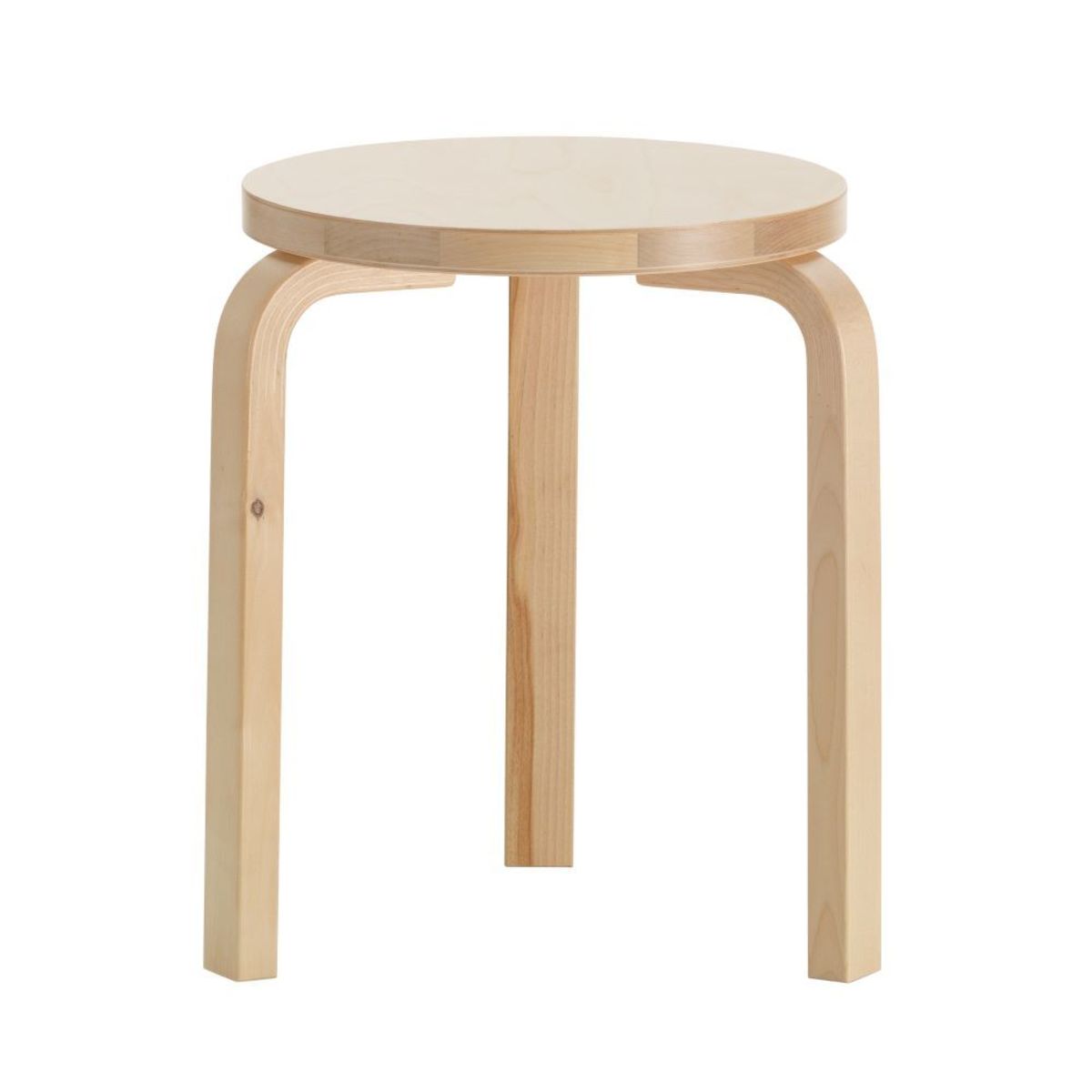
Thinking about ‘Cambio’ – Formafantasma’s exhibition-cum-manifesto on timber industry governance – I’m reminded of the Austrian American designer Herbert Bayer and his thoughts on good exhibition design. Advocating for an immersive, richly layered and multi-disciplinary experience Bayer wrote, “The theme should not retain its distance from the spectator, it should be brought close to him, penetrate and leave an impression on him.”
While the design tools available today surpass even his forward-thinking solutions, Bayer’s views on an exhibition’s ability to inspire and transform remain as valid now as when first formulated in 1937. Fast forward 80-plus years, and Formafantasma’s Cambio – with its multi-sensory appeal, transdisciplinary collaborations and demonstrable legacy – would have blown Bayer away.
As a research-based design studio Formafantasma investigate the ecological, political and social forces shaping their discipline today. The studio, established by Andrea Trimarchi and Simone Farresin in 2009, follows two distinct paths that benefit and inform the respective other. Alongside designing products for international manufacturers, Formafantasma’s increasingly ambitious advocacy projects focus on design’s power to effect transformative change.
These projects, manifested through their teaching positions and research initiatives, have centred on the often-troubled borders between design and the natural environment. Specifically, material supply chains and the adverse consequences those chains can sometimes create. Formafantasma believe it is not enough to simply use natural materials responsibly. To be truly responsible, we must also question the dynamics of how these materials are extracted from nature.
With its ecological focus on forests and the timber industry in times of environmental crisis, Cambio began as an exhibition with London’s Serpentine Galleries in 2020. Translated from the mediaeval Latin cambium, Cambio means ‘change’ or ‘exchange’. Appropriately, the project continues to evolve as a site-responsive touring exhibition, research archive and clarion call for holistic change in the politics and practices of timber extraction, production, and distribution.
Working with scientists, activists, artists, policy makers and environmentalists Formafantasma move the conversation beyond the traditional, designed object. Instead, these collaborations explore how the timber industry could become a tool for designing a better future for forests, address climate change, and redefine the relationship between bionomics and economics. Such complex themes could have easily languished. Though to paraphrase Herbert Bayer, good design (and particularly design as synergetic and considered as Formafantasma’s) opens the doors of discourse to bring the environmental realities into a wider, more appreciable context.
As Cambio gathered momentum, it engaged ever-more targeted collaborations with the capability of effecting real and systemic change. At the invitation of Artek, the Finnish furniture company founded by Alvar and Aino Aalto with Maire Gullichsen and Nils-Gustav Hahl in 1935, Formafantasma began a long-term investigation into the design and management of Finnish forests and plantations as filtered through the lens of Artek’s supply chain.
Artek has been intrinsically linked to the forest from its start. Drawing on the warmth and durability of native wood, Aino and Alvar Aalto offered a forest-centric design alternative to the machine aesthetic championed by their Modernist peers. While others were experimenting with bent tubular steel, Alvar persisted with indigenous birch – devising ingenious solutions to bend this hard wood into such design classics as Artek’s famous Stool 60. As Formafantasma note “Alvar Aalto started working with the limitations and possibilities of the local context. The technology and techniques he developed were derived from the forest.”
Today, more than 80% of Artek furniture continues to be made in Finland from native birch trees that are grown, felled and seasoned near their factory in Turku. Producing locally means a direct connection and responsibility for the ecosystem from which Artek extract value. Yet decades of intensive silviculture met by the effects of climate change have had an irrevocable impact on the forests which can no longer be ignored.
Formafantasma’s research provided the starting point for a joint Finnish iteration of the Cambio exhibition at the Designmuseo Helsinki in 2022. The findings were subsequently developed into a systemic reappraisal of Artek’s manufacturing realities. The magnitude of which cannot be understated.
As a company centred around natural materials, Artek embrace the slight variations in the grain or pattern of birch wood for all the nuanced individuality they bring to the furniture. Though with climate change more obvious variations such as bark striations, dark stains, wood knots and the trails left by colonising insects have become increasingly prevalent, forcing a re-evaluation of Artek’s strict wood selection criteria. Instead of side-stepping these material shifts, Formafantasma and Artek champion these characteristics for all the honest beauty and critical narrative they elicit. Redefined as ‘wild birch’, this more encompassing wood selection will be employed throughout Artek’s range beginning with the 2023 Stool 60 Forest Collection in collaboration with Formafantasma.
The birch trees used across Artek’s furniture are 50 to 80 years old, absorbing CO2 along their lifetime. With a greater understanding of timber’s ability to continue storing this CO2, comes the responsibility to make durable products that will last as long as the life of the trees from which they’re made. With the Forest Collection, more of the tree, and ultimately more of forest is employed – maximising every opportunity to capture carbon dioxide.
As the impact of Formafantasma’s collaboration with Artek continues to evolve, so too does the ecology of Cambio continue to penetrate and leave an impression. As Herbert Bayer concluded, “a designer functions in society, not as a decorator, but as a vital participant,” a hyper-engaged citizen effecting change for all around them. Though for Formafantasma, that societal structure, their client base, comprises not just humans, but all species on planet earth, including the trees and forests.





